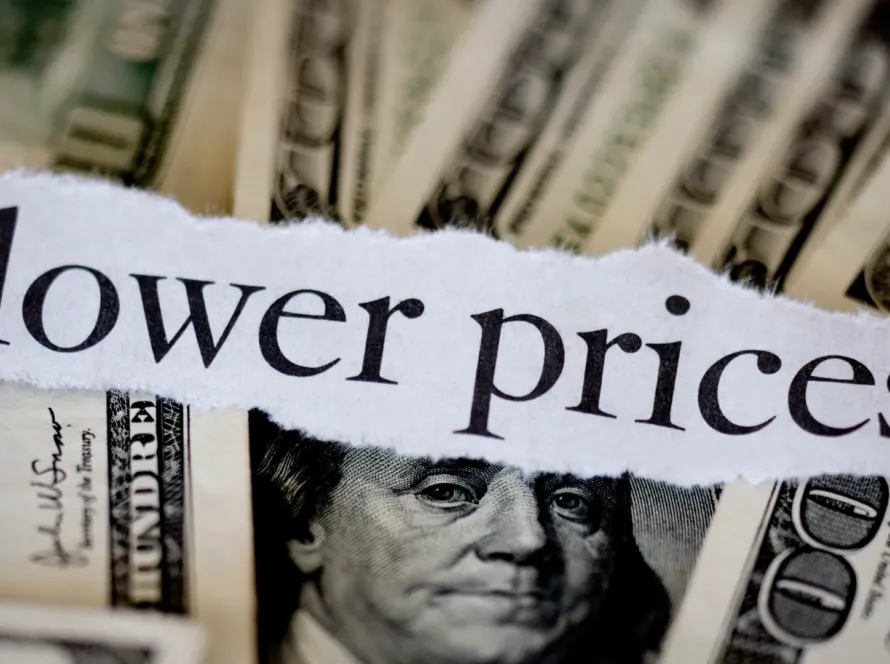An economic recession is a period of a significant decline in economic activity, typically lasting at least six months. It is characterized by decreased Gross Domestic Product (GDP), employment, and consumer spending. Recessions can significantly impact households and businesses, so understanding the patterns of economic recessions is essential for policymakers and investors. In this article, we will explore what research says about the patterns of an economic recession.
Duration and depth
The duration and depth of a recession can vary widely. Recessions tend to be shorter and less severe than depressions, characterized by prolonged periods of economic decline. However, the severity and duration of a recession can be influenced by various factors, including the underlying causes of the recession, the level of government intervention, and the current state of the global economy.
Research has shown that the average length of a recession in the United States is about 11 months, although some recessions have been much shorter, while others have lasted more than two years (Recessions, 2022). In terms of depth, the severity of a downturn is often measured by the percentage decline in GDP during the recession. For example, during the Great Recession of 2008–2009, GDP declined by 4.3% in the United States (GDP, 2022).
Unemployment
One of the most significant impacts of a recession is the increase in unemployment. During a recession, businesses may cut back on hiring or laying off workers to reduce direct costs. As a result, unemployment rates tend to rise during a recession and can remain elevated for quite some time after the end of the recession.
Research indicates that unemployment rate tends to lag behind GDP during a recession (Sullivan & Ghosal, 2021). This means that even after GDP begins to recover, unemployment may continue to rise for a while before eventually falling.
Consumer spending
Consumer spending is another key indicator of economic activity, as it accounts for a significant portion of GDP in many countries. During a recession, consumers reduce spending as they become more cautious about their finances and more insecure about the economy.
Recent research reveals that consumer spending tends to decline during a recession, with the most significant declines typically seen in durable goods such as cars and appliances (Avery & Samolyk, 2017). However, consumer spending on necessities such as food and healthcare tends to be more stable during a recession.
Stock market
The stock market is a volatile indicator of economic activity during a recession. Stock prices may decline as investors become more pessimistic about the economy and the prospects for corporate earnings.
A recent study shows that stock prices tend to decline during a recession, but the magnitude of the decline can vary widely depending on the severity of the downturn (Sullivan & Ghosal, 2021). Moreover, the stock market may begin to recover before the end of a recession as investors become more optimistic about the prospects for economic recovery.
Conclusion
In conclusion, economic recessions are a natural part of the business cycle and can significantly impact households and businesses. While the duration and depth of a recession can vary widely, specific patterns tend to emerge during a recession, including increases in unemployment and declines in consumer spending and stock prices. By understanding these patterns, policymakers and investors can better prepare for and respond to economic recessions.
References:
Recessions. (2022). In IMF World Economic Outlook Database. Retrieved from https://www.imf.org/en/Publications/WEO/weo-database/2022/October/weo-report?c=111,&s=NGDP_RPCH,NGDPD,PPPGDP,NGDPDPC,PPPPC,PCPIPCH,LUR,GGXWDG_NGDP,&sy=1980&ey=2027&ssm=0&scsm=1&scc=0&ssd=1&ssc=0&sic=0&sort=country&ds=.&br=1
Avery, R. B., & Samolyk, K. A. (2017). The effect of the Great Recession on consumer spending: A look at race and ethnicity. Journal of Economics, Finance, and Administrative Science, 22(43), 53–68. doi: 10.1108/JEFAS-08–2016–0084
GDP. (2022). Gross Domestic Product. Retrieved from https://www.bea.gov/data/gdp/gross-domestic-product
Sullivan, R., & Ghosal, V. (2021). The stock market during a recession: A literature review. Journal of Applied Finance & Banking, 11(5), 54–64. doi: 10.7172/2336–9923–11–5–54


